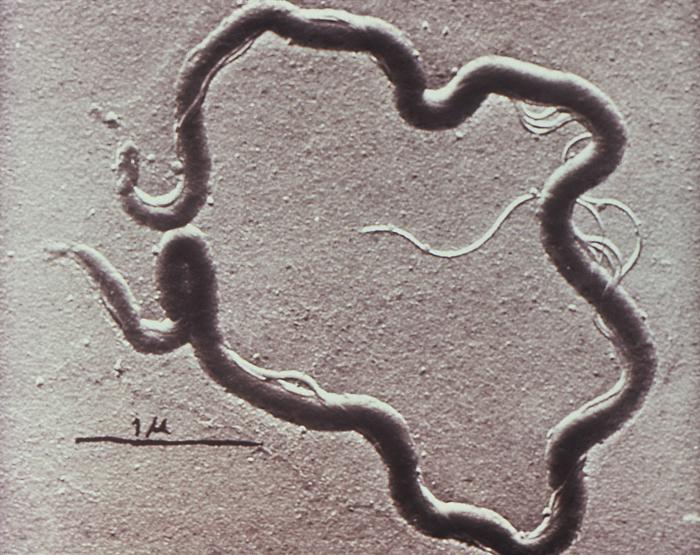Just days after the Centers for Disease Control and Prevention (CDC) reported a significant increase in congenital syphilis in the United States, federal health officials report an alarming trend in primary and secondary syphilis cases in the country.

In 2000 and 2001, the national rate of reported primary and secondary (P&S) syphilis cases was 2.1 cases per 100,000 population, the lowest rate since reporting began in 1941. However, the P&S syphilis rate has increased almost every year since 2000–2001. In 2014, a total of 19,999 P&S syphilis cases were reported, and the national P&S syphilis rate increased to 6.3 cases per 100,000 population, the highest rate reported since 1994.
The syphilis rate in 2014 represents a 15.1% increase compared with 2013 (5.5 cases per 100,000 population), and a 40.0% increase compared with 2010 (4.5 cases per 100,000 population).
During 2000–2014, the rise in the P&S syphilis rate was primarily attributable to increased cases among men and, specifically, among gay, bisexual, and other men who have sex with men (MSM).
However, during 2013–2014, the rate increased both among men (14.4%) and among women (22.7%). This increase among women is of particular concern because congenital syphilis cases tend to increase as the rate of P&S syphilis among women increases.
While rates have increased among both men and women, men account for more than 90 percent of all primary and secondary syphilis cases. MSM account for 83 percent of male cases where the sex of the sex partner is known.
In 2014, Nevada was the state with the highest rate of syphilis. Metropolitan Atlanta reported the highest syphilis rates in 2014.


Well, wherever islam goes……just like a roadmap, islamification and syphilization proceed hand in hand. The “democrats reward” for trying to destroy our country….